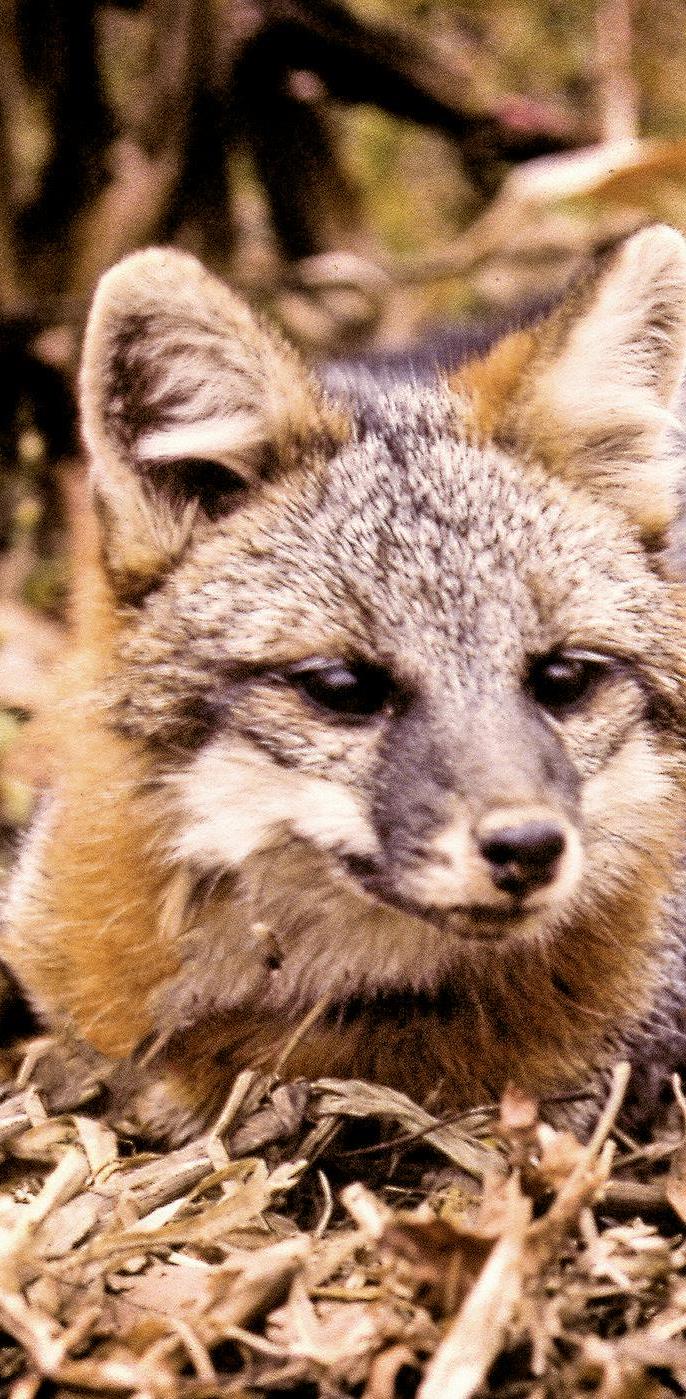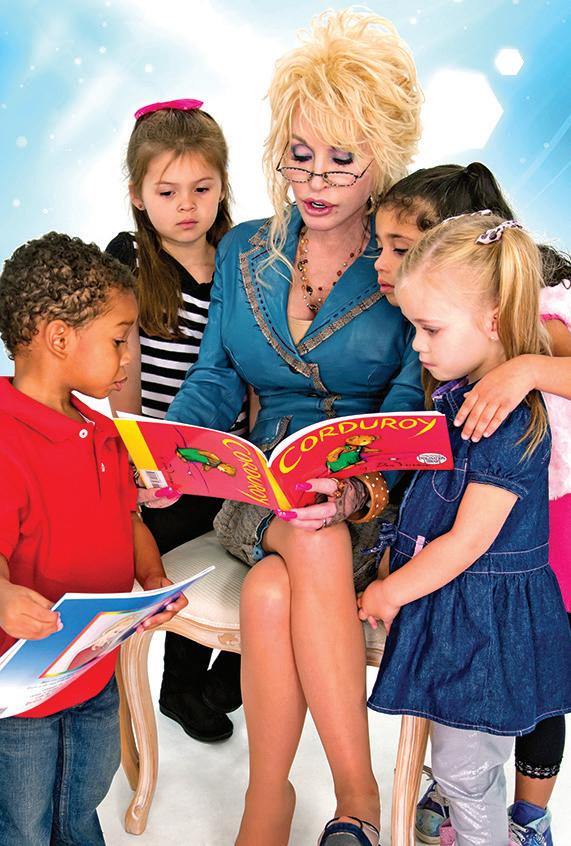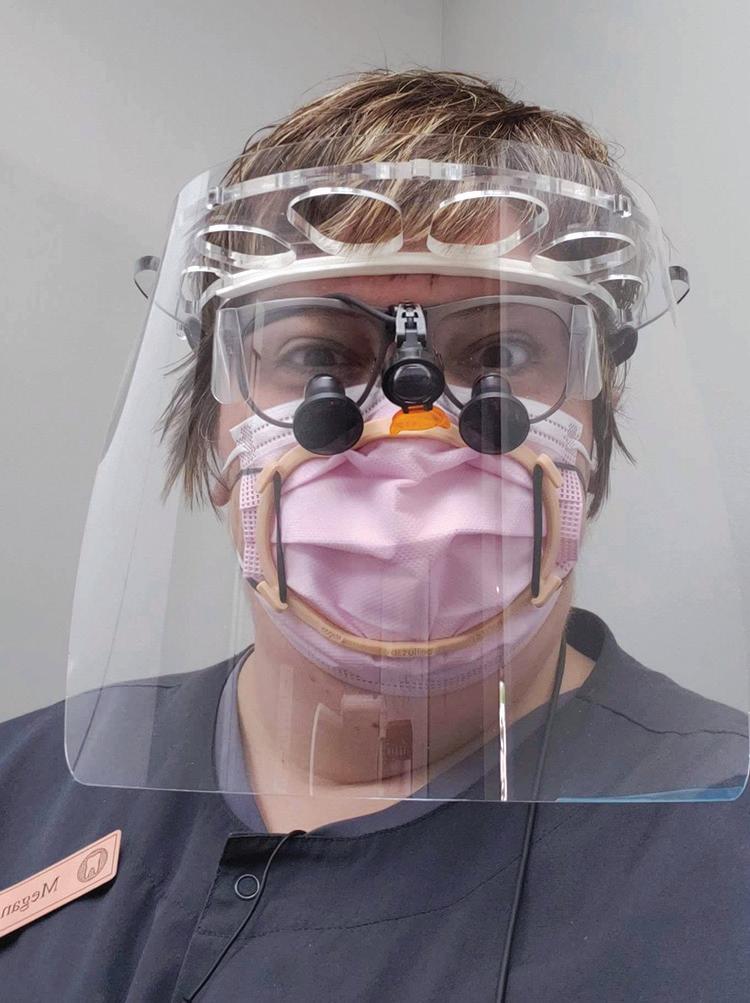Opposite and below: Wild boars captured during a hunt in southern Ohio.
luckier and escaped, melting into the nearby woods, their haunting squeals piercing the calm day. It can take only a matter of weeks before a piglet transforms from cute-as-Wilbur in Charlotte’s Web into a hairy, tusk-growing rototiller. State wildlife officials set up a perimeter in Greene County to corral the pigs, and that time they were fortunate, as no pigs escaped. State wildlife officer Jared Abele arrived in Vinton County 10 years ago and immediately noticed the pig problem. “My first few years, you could tell the population was rising,” Abele says. The telltale signs of feral hogs were visible throughout the county: flattened corn, rooted-up gardens and crops, and mud rubs on trees. Vinton County was the perfect hog storm, possessing many of the traits feral hogs thrive upon: comparatively few people and plenty of thick woods and rocky ridges crisscrossed by creeks and dotted with ponds. The hogs prefer to come out under cover of twilight or in the early dawn. They spend their summer afternoons soaking in muddy ponds and creek bottoms. Most people don’t see the hogs; they see the after-effects that resemble a small tornado, but Abele has seen them loose in Vinton County. “I came across a couple — they are very elusive. As soon as they saw me, they took off,” Abele recalls. He said the ones he’s seen in the wild in Ohio range anywhere from 100 to 250 pounds, but he has seen photos elsewhere of wild swine approaching 400 pounds. Abele says the ones in Ohio seek refuge in thick oak forests and hickory stands, where they forage on mast. “They are always close to some kind of dense underbrush,” he says.
has pretty much ground to a halt in the age of social distancing and mask wearing. “All outreach is virtual now; we are not able to make eye-to-eye contact with landowners, and that has made the outreach a super difficult process this year,” Genders says. Officials are hopeful that the pigs aren’t regrouping under cover of COVID. There are parallels to COVID-19 and feral swine — both are elusive, and any pockets left uncontained can flare up fast. That’s why outreach is so important. Genders says that there have been reports of feral hogs in Guernsey and Noble counties. Adams, Scioto, and Gallia counties have also had a share of porcine visitors. Chances are a feral hog will see you before you see it, and it’ll slink off into the brush. But if you do find one, the best thing to do is walk away. While encounters with hogs are rare, they do happen. A feral hog attacked a woman in Upper Township in Lawrence County in 2011. It took two shots from the revolver of a responding sheriff’s deputy to subdue the animal. Meanwhile, back on Swihart’s Preble County farm, the focus is on keeping the hogs happy. “Their buddies are here. They may think the grass is greener on the other side, but they quickly realize it is not,” Swihart says.
In Ohio, the feral swine are a motley mix of lucky escapees from pig farms or, more commonly, Eurasian wild boar released on private property for game hunters. While other states have had difficulty tamping down on their wild pig populations, Ohio has thus far managed to get the upper hand. The hogs established a beachhead in Vinton County, and some remain in the southern part of the state, but they’ve largely been contained. “We have made progress in leaps and bounds,” says Tyler Genders, wildlife disease biologist and feral swine coordinator of the USDA APHIS Wildlife Services, which oversees the state’s hog containment program. COVID-19 has touched virtually every segment of work in the United States, and the same goes for Ohio’s feral hog containment. Wildlife officials perform outreach to educate folks about the dangers and collect reconnaissance on feral hog movements. That outreach
If you spot a feral hog in rural Ohio, wildlife officials would appreciate your report at 800-WILDLIFE or wildinfo@dnr.state.oh.us.
JANUARY 2021 • OHIO COOPERATIVE LIVING 31




